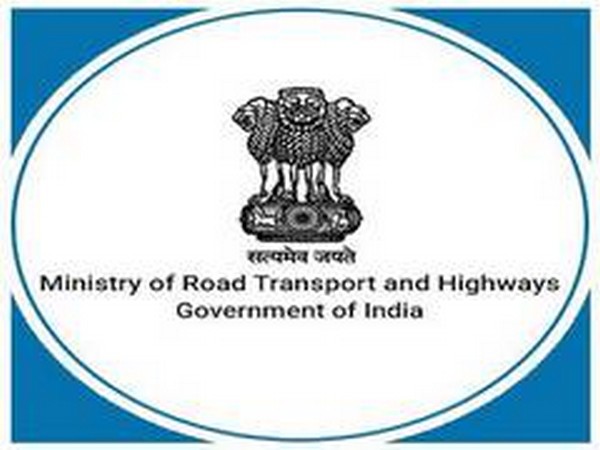MoRTH releases ratings for 18,668 km NH stretches covering 343 toll plazas
Each toll plaza of the highway is judged based on three major criteria viz. Efficiency, Safety and User Services.

- Country:
- India
The Ministry of Road Transport and Highways has released the ratings for 18,668 km of completed 4/6 lane NH stretches covering 343 toll plazas. This has been done by NHAI under MoRTH, which has taken initiative to improve its accountability towards road users, who pay a user fee for use of developed National Highways. This initiative has been taken as per the vision of improving the quality of public services. The fundamental objective of highway rating is “Minimum time with maximum safety in stress-free environment” from highway users’ perspective.
Each toll plaza of the highway is judged based on three major criteria viz. Efficiency, Safety and User Services. These criteria are further divided into a total of 39 parameters which include average speed, road condition, a facility for the public like VUP/ PUP/ FOB, service road, delay at the toll plaza, accidents, incident response time, wayside amenities, general cleanliness, etc. These criteria were framed after detailed studies held in NHAI & MoRTH before its final approval by MoRTH/ GOI. No such criteria have been developed across the Globe in the past which evaluates the performance of highway from the users’ perspective.
The Ministry has also begun real-time monitoring of toll plazas across the country. It is a simple help to improve traffic congestion problem at toll plazas/ city roads/highways by using a central monitoring system along with a bundle of analytics and quick decision-making outputs. This is eventually likely to facilitate saving the Commute Time, Improve Customer Experience, Save Fuel Wastage Cost and Reduce Carbon Footprint. It uses several technologies like Satellite Imagery, GIS, Remote Sensing along with a proprietary algorithm to remotely monitor the congestion status of the roads. The frequency sample of data can be as low as even 1-5min depending upon the requirements.
Speaking on the occasion, Union Minister for Road Transport and Highways Shri Nitin Gadkari said, with these technologies on the ground, it will be possible to identify the lacunae in road construction and management. It will be easier to rectify the faults in a speedier way, he said. With road safety as the priority, this will be helpful in mitigating the faults. He said IIT and Engineering students will be trained and involved in this exercise. He said, FASTag issues are initial problems, and they are being solved gradually.
The Minister informed that 11,035 km of NH have been constructed during this year, which represents a rate of 35 kms per day. The Minister reiterated his resolve to achieve the rate of 40 km per day within the balance months of this financial year.
(With Inputs from PIB)
- READ MORE ON:
- NHAI
- MoRTH
- toll plaza
- Nitin Gadkari
ALSO READ
Congress announce candidates on 10 Lok Sabha seats, fields Kanhaiya Kumar against BJP's Manoj Tiwari
Congress announces candidates on 10 Lok Sabha seats, fields Kanhaiya Kumar against BJP's Manoj Tiwari
BJP's '400 paar' claim creating doubts among people about democratic process, EVMs: Kanhaiya
LS Polls: Congress releases list with 10 names for Delhi, Punjab; fields Kanhaiya, Channi
NHAI holds national workshop on Eco-friendly Measures for holistic National Highway development










